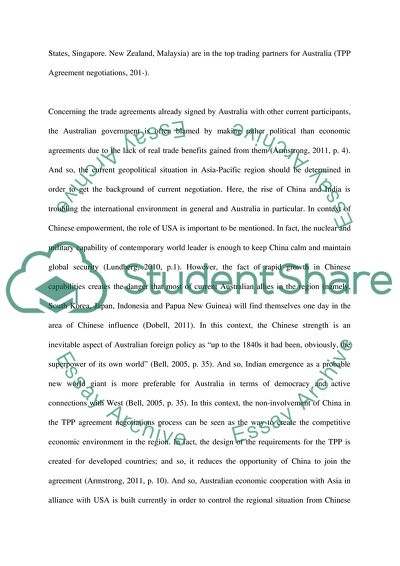Cite this document
(Australian Foreign Policy Essay Example | Topics and Well Written Essays - 1750 words, n.d.)
Australian Foreign Policy Essay Example | Topics and Well Written Essays - 1750 words. https://studentshare.org/politics/1837853-australian-foreign-policy
Australian Foreign Policy Essay Example | Topics and Well Written Essays - 1750 words. https://studentshare.org/politics/1837853-australian-foreign-policy
(Australian Foreign Policy Essay Example | Topics and Well Written Essays - 1750 Words)
Australian Foreign Policy Essay Example | Topics and Well Written Essays - 1750 Words. https://studentshare.org/politics/1837853-australian-foreign-policy.
Australian Foreign Policy Essay Example | Topics and Well Written Essays - 1750 Words. https://studentshare.org/politics/1837853-australian-foreign-policy.
“Australian Foreign Policy Essay Example | Topics and Well Written Essays - 1750 Words”. https://studentshare.org/politics/1837853-australian-foreign-policy.


